CVSA Brake Safety Week is in effect from August 24 to 30, 2025, and these are the states with the most brake violations during 2024.
CVSA Brake Safety Week is in effect from August 24 to 30, 2025. This year, the inspection campaign will focus on the safety of brake systems across North America, with a particular emphasis on brake-related violations—one of the leading causes of accidents involving commercial vehicles.
Brake Safety Week 2025 will spotlight brake drums and rotors, which, according to the CVSA, can compromise braking effectiveness and may even detach from the vehicle, potentially causing serious damage or injury.
In line with this week of inspections, the digital platform Overdrive has shared a list of the top 10 states with the highest number of brake-related violations, underscoring the importance of Brake Safety Week within the trucking industry.
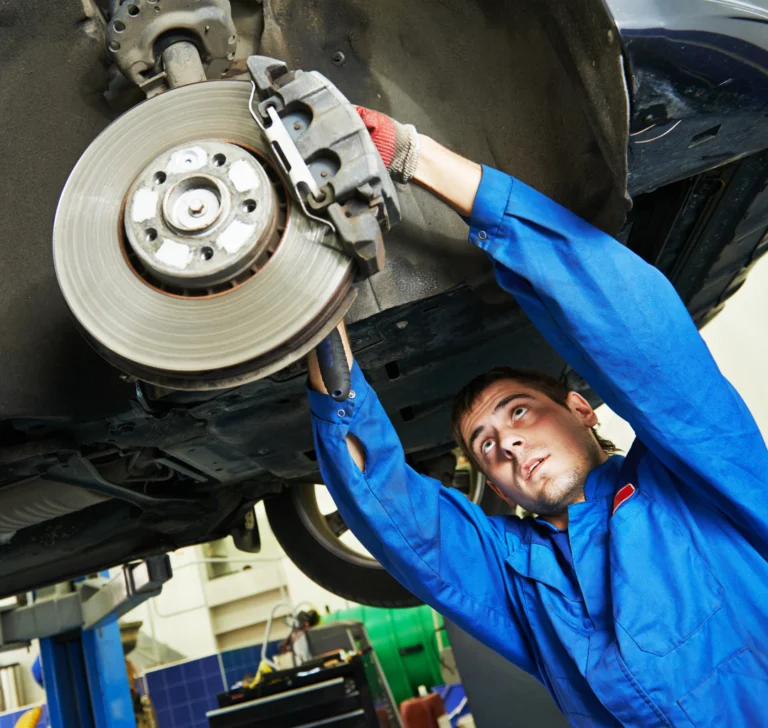
States with the most brake violations in 2024
This list, compiled with 2024 data by Overdrive, reveals the current state of road safety in the U.S. trucking industry. With North Dakota leading at 30.1% of brake-related violations, here are the top 10 states:
- North Dakota – 30.1%
- Texas – 23.5%
- Utah – 21.5%
- Wyoming – 20.4%
- Oklahoma – 19.8%
- California – 19.3%
- Maine – 19.1%
- Minnesota – 19.1%
- Idaho – 18.9%
- Vermont – 18.4%
The national outlook on brake-related violations in 2024 shows some shifts compared to previous years. However, North Dakota remains at the top of the list for the most violations due to sudden braking, while Texas and Utah have climbed to the second and third positions, according to Overdrive.
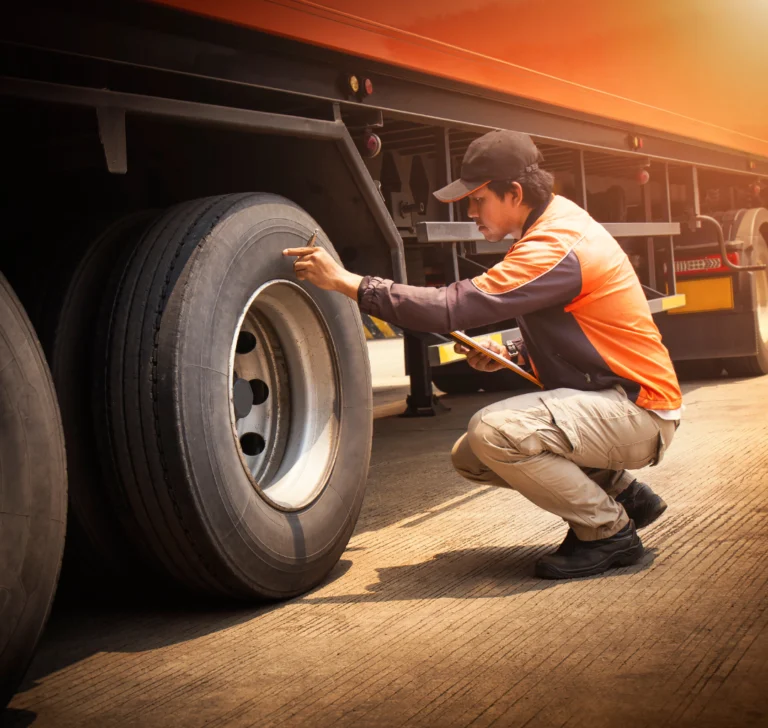
Key areas of inspection during Brake Safety Week
While this year’s campaign will focus specifically on brake drums and rotors, the CVSA’s inspections will, as usual, cover all systems of trucks and trailers.
The key inspection areas, according to CVSA, will include:
- Brake pads and shoes – proper thickness and even wear.
- Air brake systems – compressors, reservoirs, hoses, and valves.
- Hydraulic brake fluid and lines – correct fluid levels and absence of leaks.
- Brake drums and rotors – checked for cracks, warping, and structural damage.
- Slack adjusters – proper positioning and operation.
- Brake warning systems – including dashboard lights, indicators, and audible alarms.
- Documentation – medical certificates, valid CDL, updated ELDs, permits, etc.
Although surprise inspections conducted in April showed that nearly 90% of trucks had no out-of-service brake violations, 8% did have issues related to drums or rotors, Overdrive reported. For this reason, it is crucial that drivers and carriers stay prepared for such inspections—especially in an environment that is becoming increasingly demanding for the trucking industry.

World Mental Health Day: how to care for truck drivers’ mental health
As part of World Mental Health Day, we focus on caring for the mental health of truck drivers. World Mental Health Day reminds us that
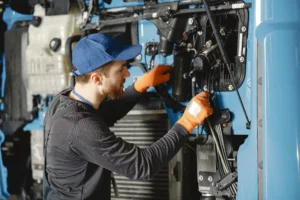
Solving the shortage of diesel technicians
The role of the transport industry in combating the shortage of diesel technicians: what should be done to solve it? In August 2025, the American
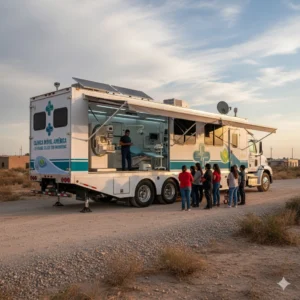
Mobile Clinics: The Unsung Heroes Bringing Healthcare to America’s Highways
The drivers of these massive trailers have become the unsung heroes of America’s roads, delivering life-saving medical services to every corner of the country.
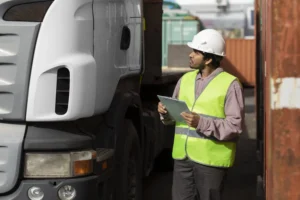
Ending CDL reciprocity: the U.S. seeks stricter measures
New bill would require states to comply with the strict CDL regulations recently established. The U.S. House of Representatives has introduced new legislation aimed at

Cargo theft costs the transportation industry $18 million in losses
Cargo theft has been one of the most persistent issues facing the freight transportation industry so far in 2025. Cargo theft has been one of

Duffy Secures $41 Million to Save Essential Air Service as Shutdown Threat Looms
U.S. Transportation Secretary Sean P. Duffy announced on Wednesday that the Department of Transportation (DOT) has secured $41 million in additional emergency funding to sustain the Essential Air Service (EAS) program, a federal initiative that subsidizes commercial flights to rural and underserved communities across the United States.
